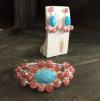What’s the big difference? Not a lot, as it turns out.
Agate and jasper are considered part of the chalcedony family, so think of them as the offspring of chalcedony. All three are classified as quartz.
Generally speaking, the obvious difference is in their physical characteristics and whether light can pass through the stone. If it cannot, then the stone is said to be opaque. If it can, the stone is transparent or translucent, depending on the amount of light allowed to pass through.
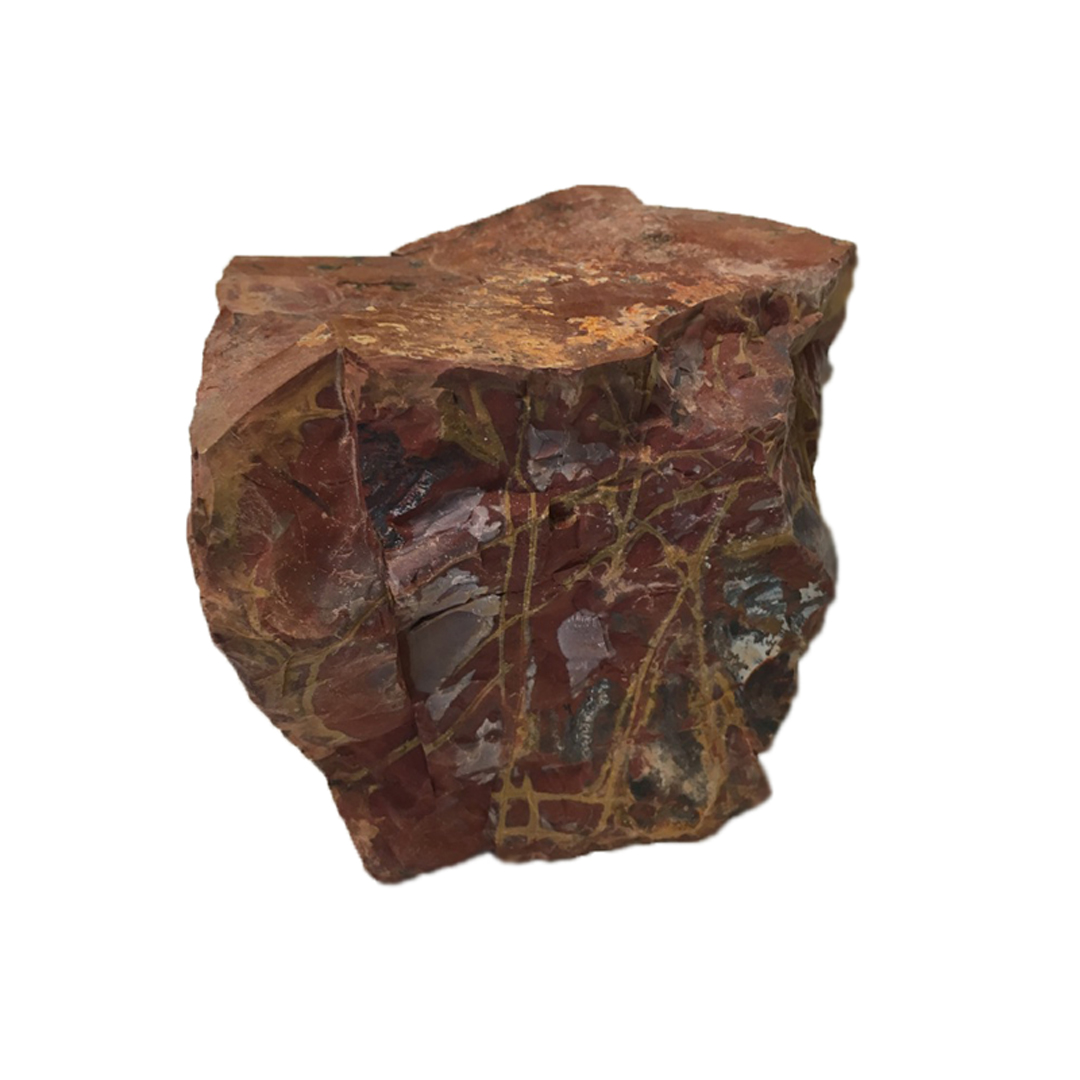
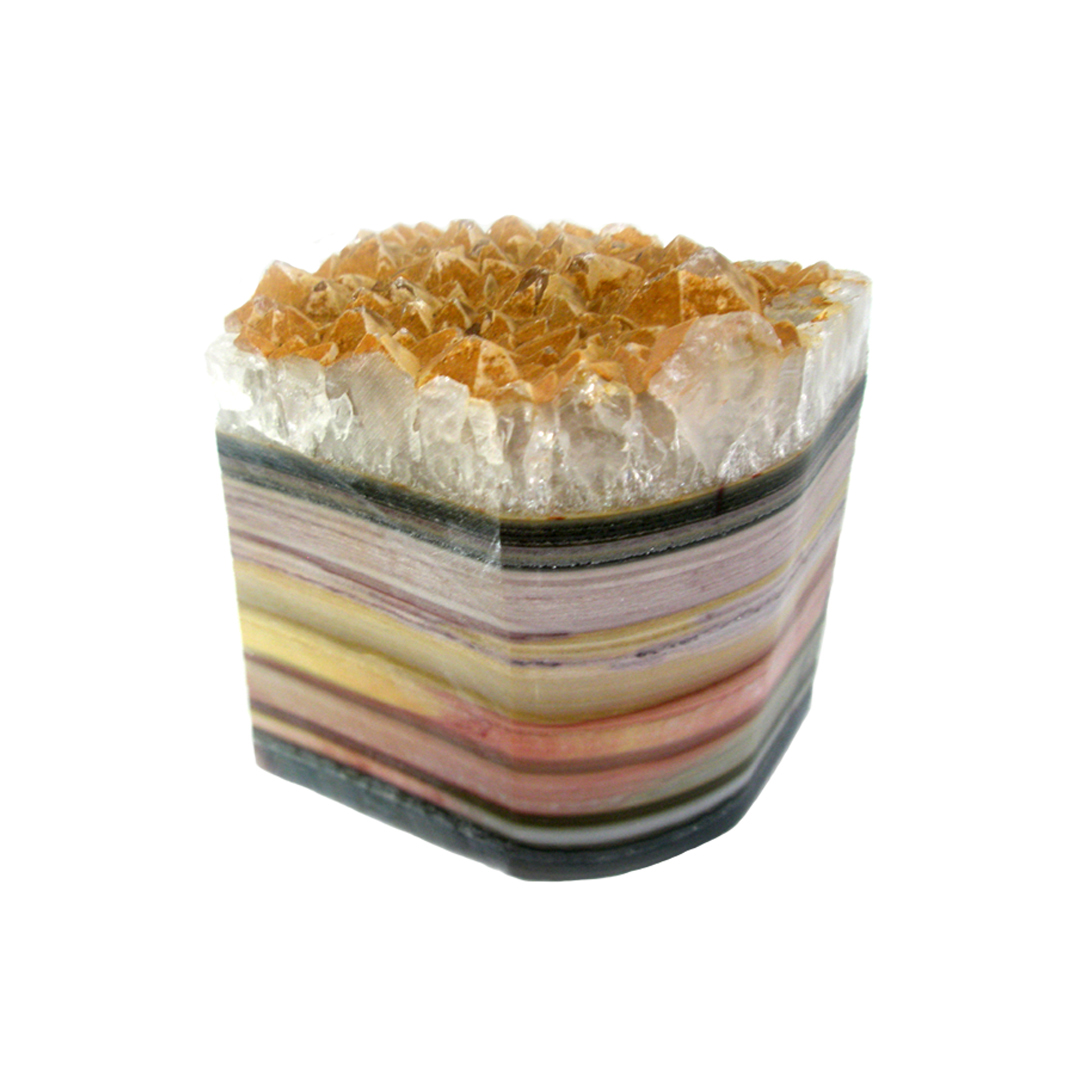
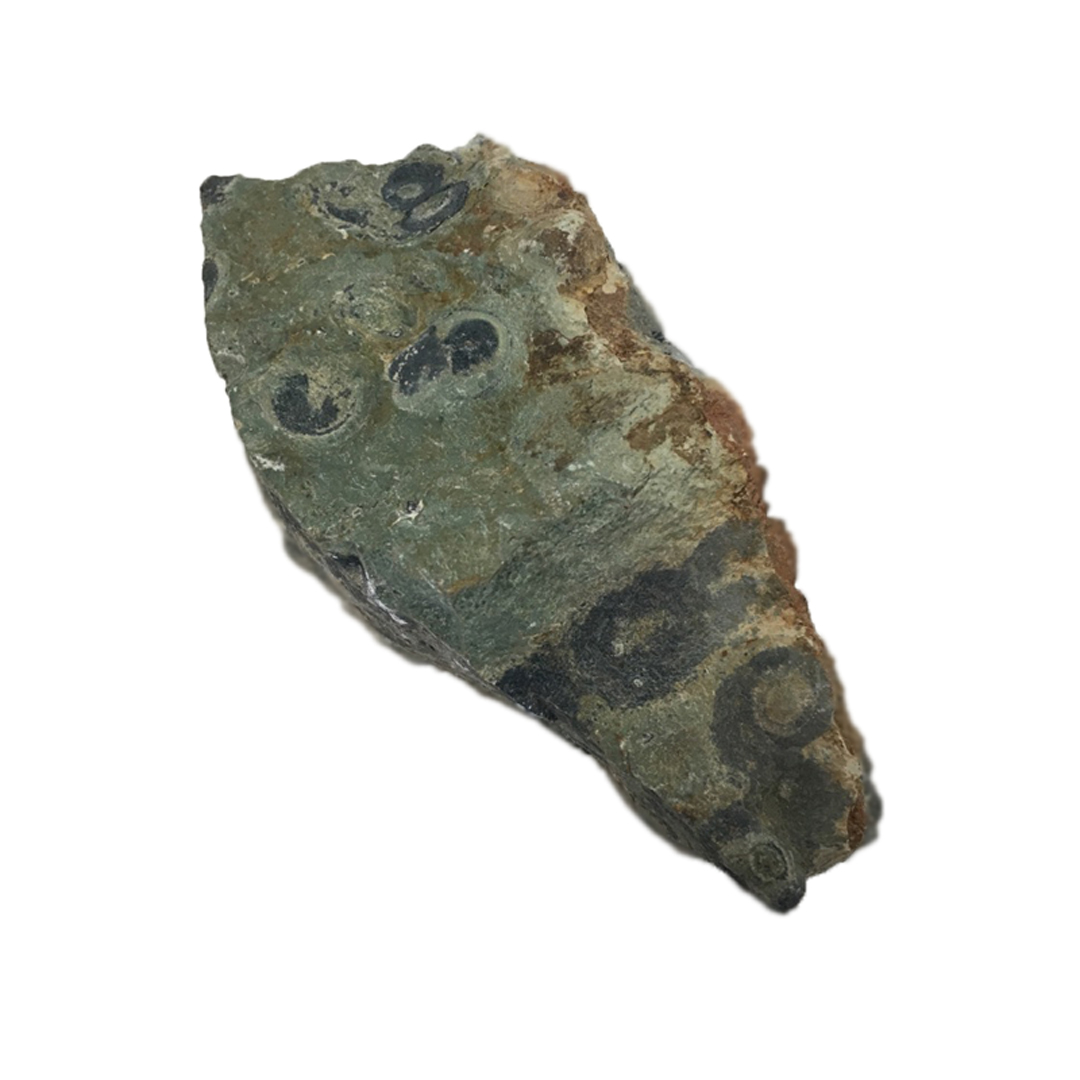
Jasper is an opaque stone that can be banded or spotted. It is found worldwide in many colors: red, green, yellow, brown, tan, grey and black. Many times it is found in petrified wood.
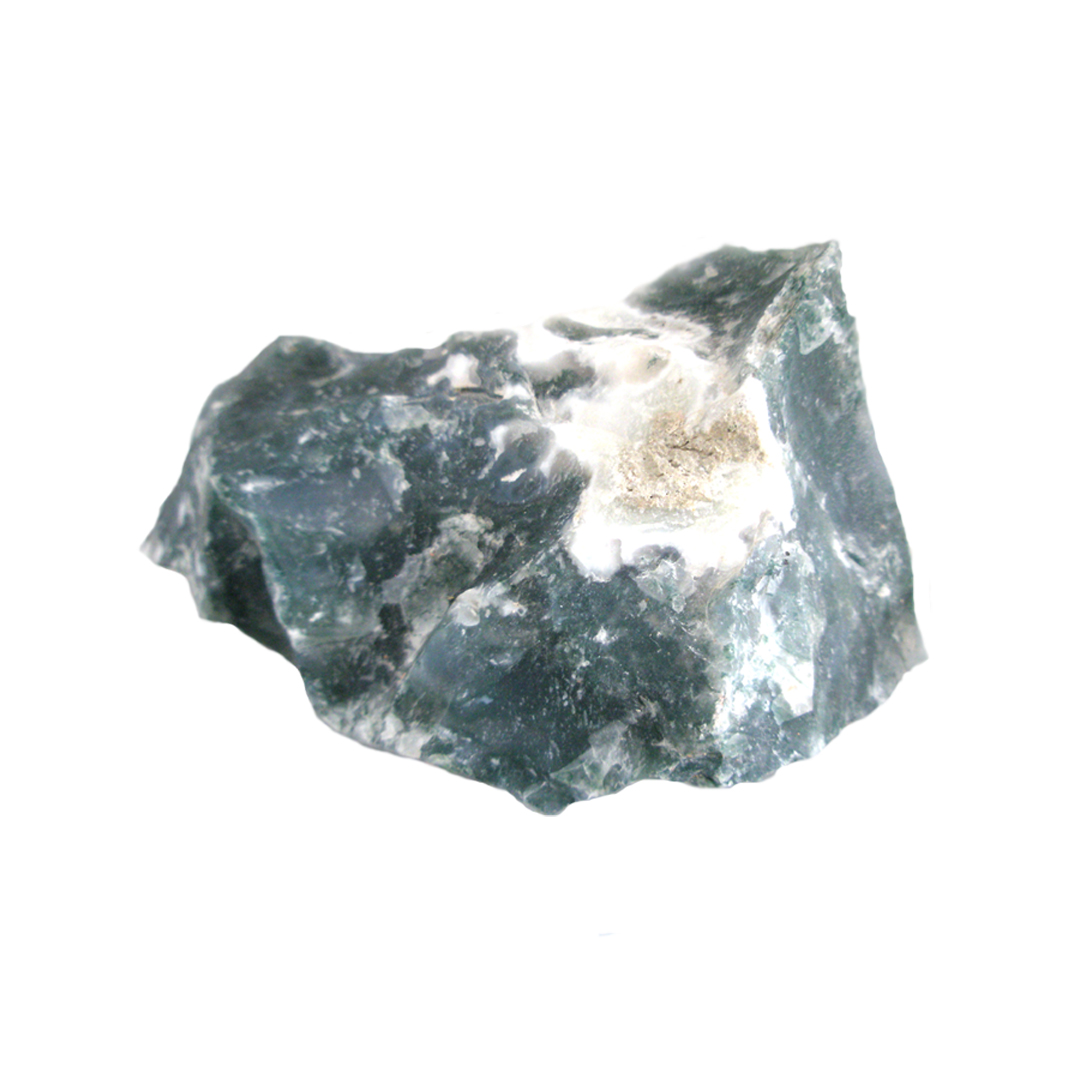
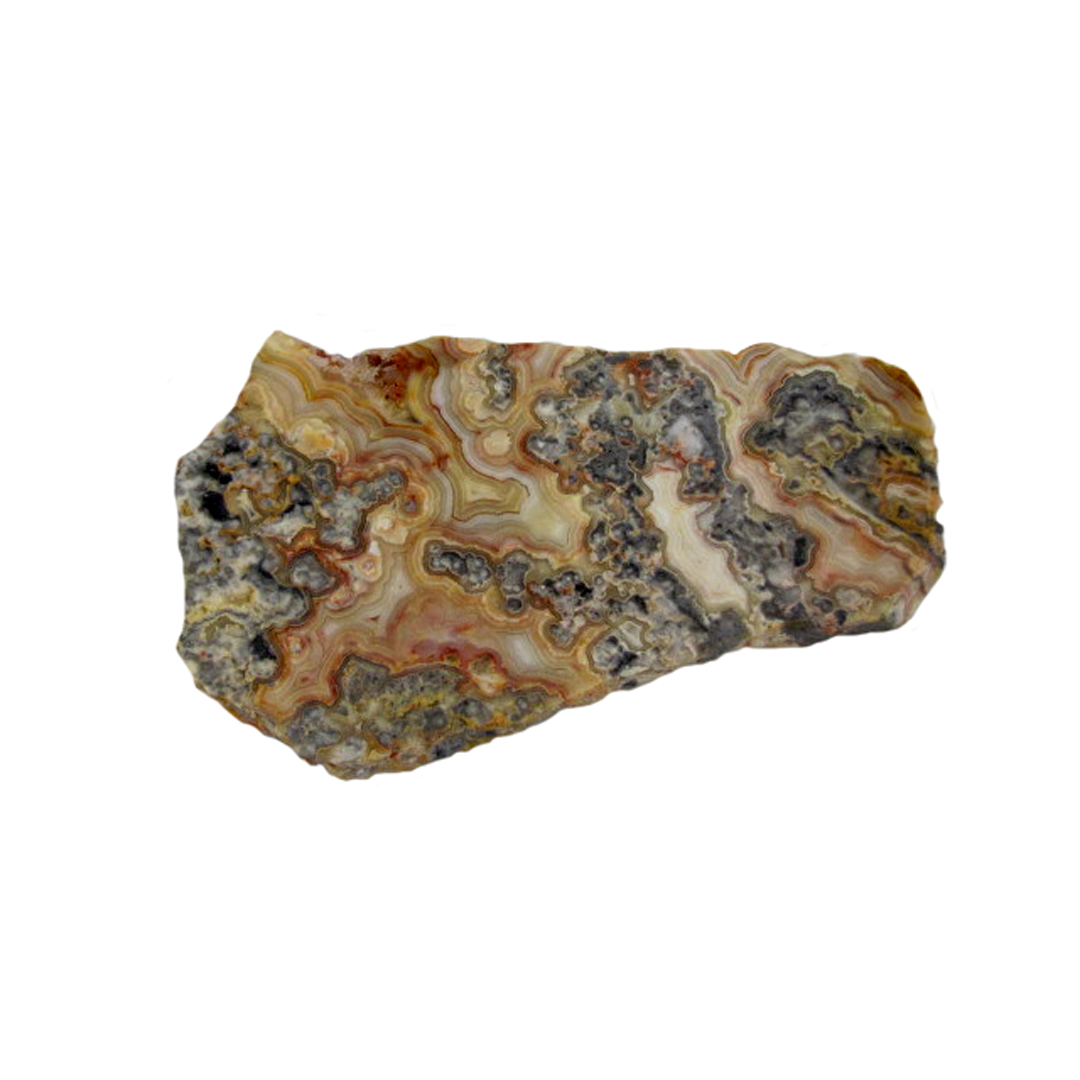
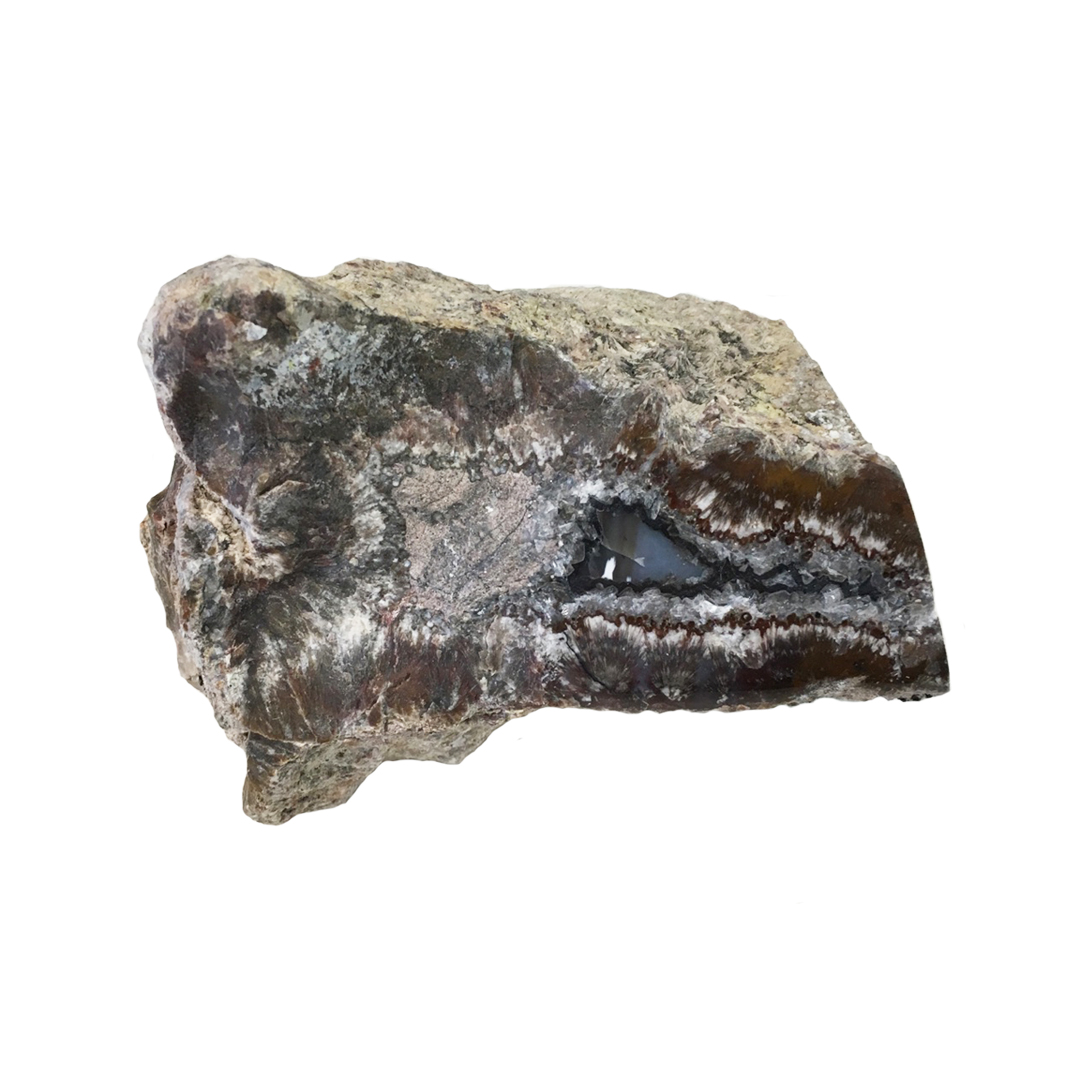
Agate, on the other hand, is usually translucent with a waxy luster and can display concentric bands, spots (eyes), plumes and mossy inclusions. It is found in various natural colors such as green, yellow, red, reddish brown, white and bluish white. But can be dyed by heat and chemical treatments, as well. It is often found filling the cavities of geodes.
Every once in a while you might see the term chalcedony used to describe a translucent, light blue stone. This is a holdover from the terminology of the old days.
So the next time an interesting looking rock grabs your attention, hold it up to the light to help you determine if it’s an agate or jasper. It’s (usually) as easy as that!
Sources: Mindat.org, Gemdat.org, and Rocktumbler.com








